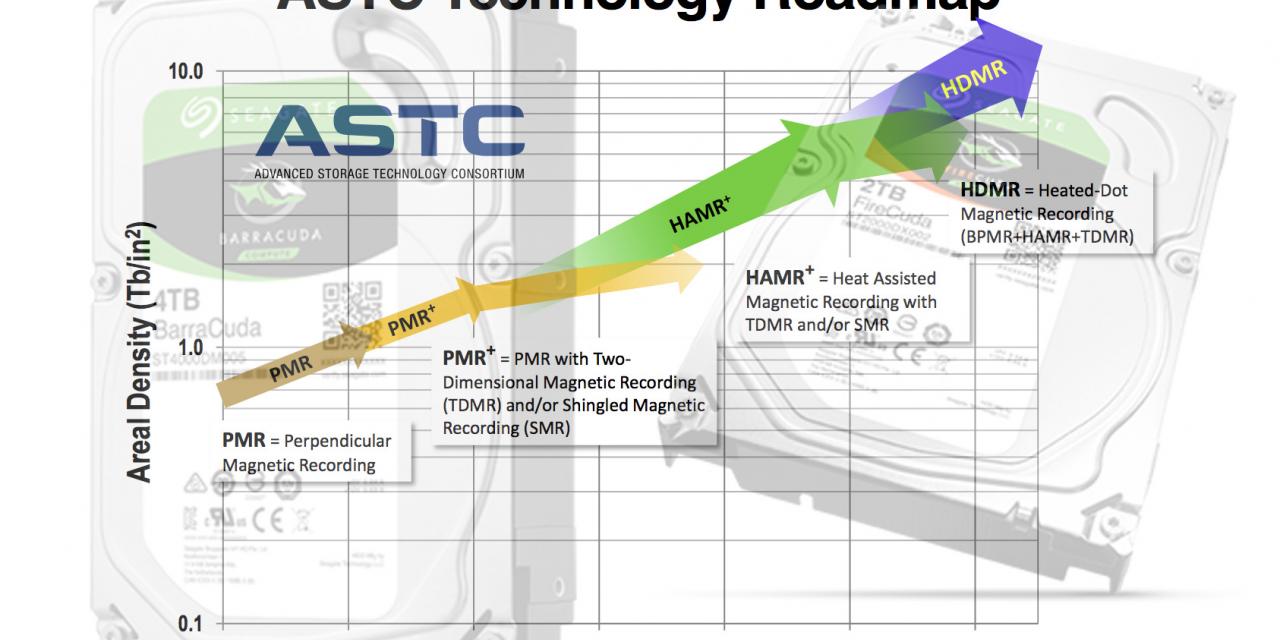
Despite the growth of SSDs in their various forms in terms of speed and size and the ever-shrinking price tags that go with them, hard drives still remain the premier way to store masses of data. And with good reason. They're expanding faster than solid state drives and they're doing so while retaining reasonable speed and pricing too. Seagate has been at the forefront of many of those developments, helping to realize HDDs that top 10TB and now we're told that by 2020, we should be able to purchase hard drives with a capacity as high as 20TB.
How is it possible that the size of these drives keeps increasing through? The form factors stay the same, so how can they get more inside the same package? Innovations in using helium rather than air inside the drives allow for thinner and therefore more platters, while a new technique known as PMR+ which adds two-dimensions mangentic recording to drives, will help take us towards the 20TB mark.
But Seagate isn't stopping there. Its roadmap shows that beyond the early 2020s, we'll see a new heat-assisted magnetic recording. That eventually leads to heated-dot magnetic recording, which utilizes a combination of techniques and Seagate believes that that could lead to the first 100TB hard drive. Although that's far and beyond anything consumers need right now, who knows what kind of media we'll be consuming by 2025. Immersive VR experiences and higher resolution, potentially 8K, movies, could prove to be challenging for existing storage solutions.
But that's not even the end of the line as far as Seagate is concerned. It sees us going even beyond that sort of technology, though it's keeping the specifics under wraps for now.
"There’ll be more after HDMR and we’re looking at all kinds of new and exciting storage technologies to continue to meet the needs of the world’s insatiable demand for low-cost high-capacity reliable storage," it said in its
Image source: Seagate







